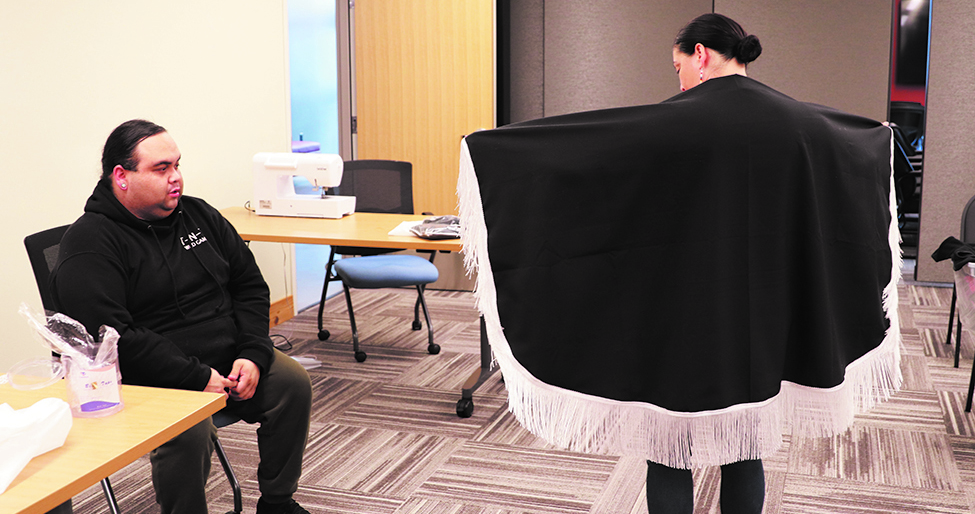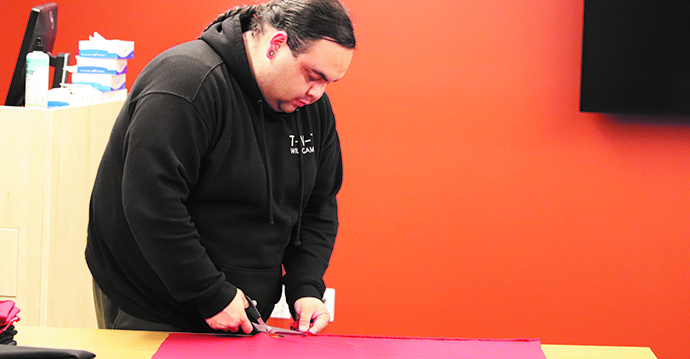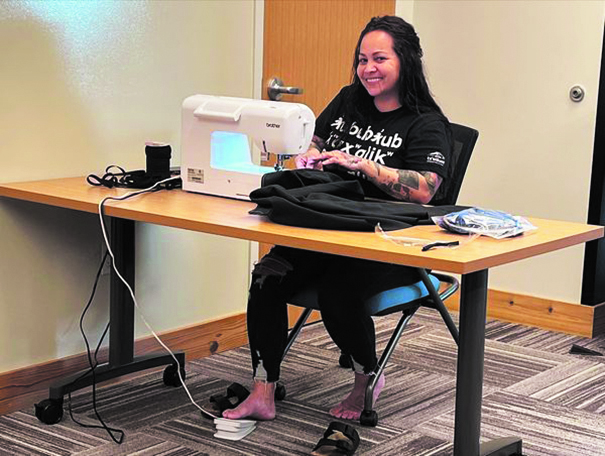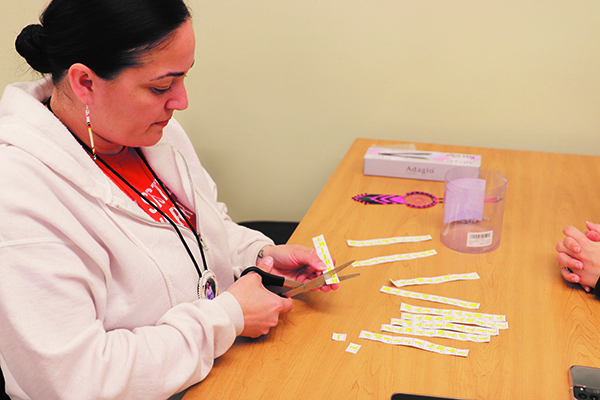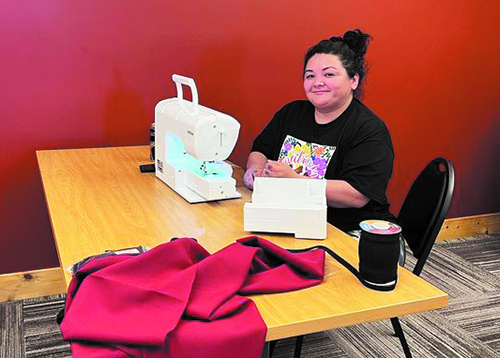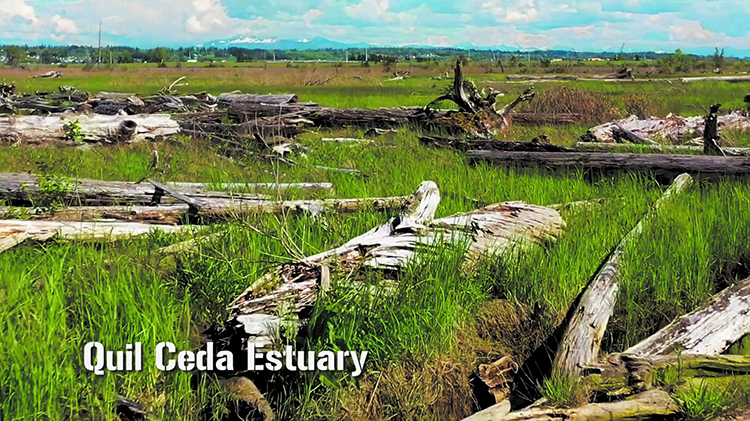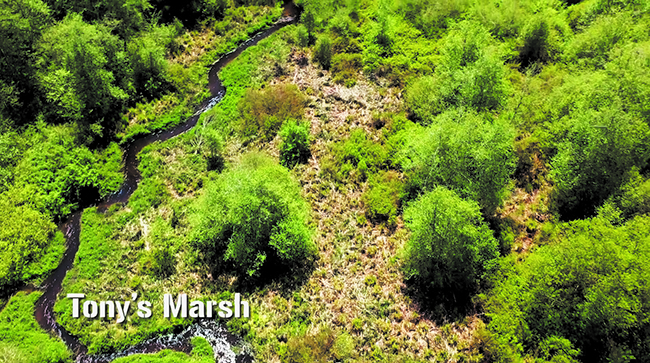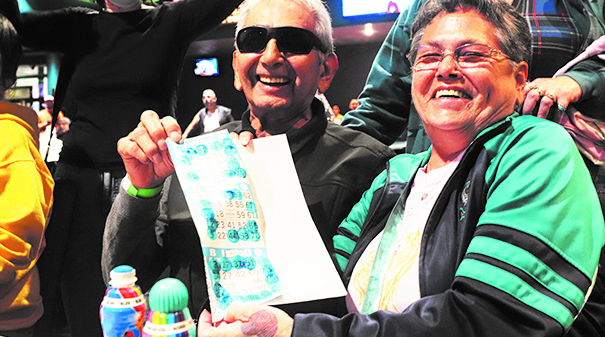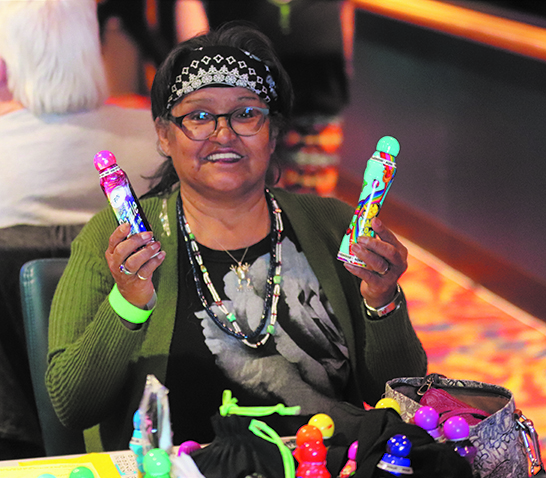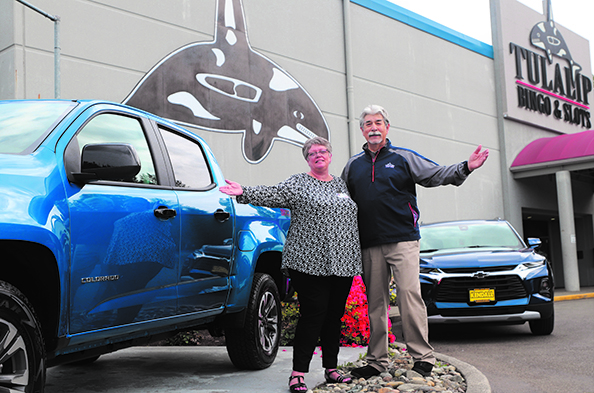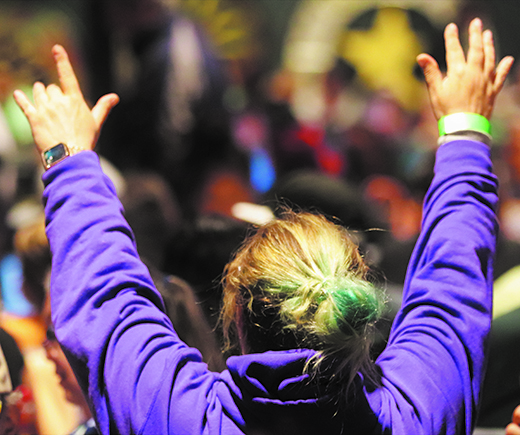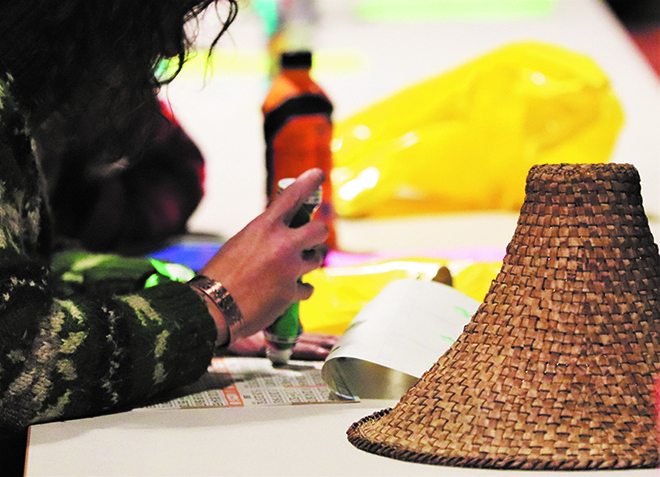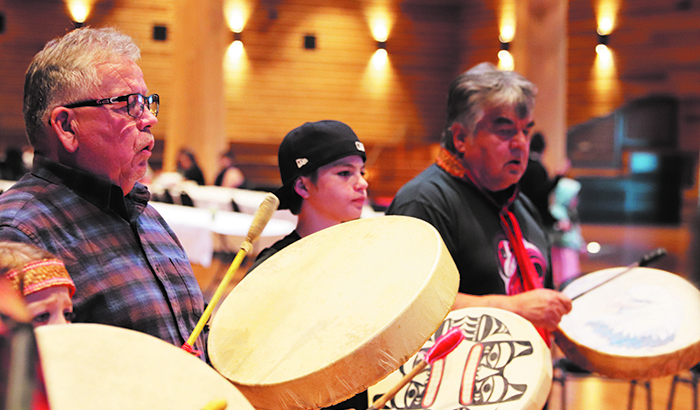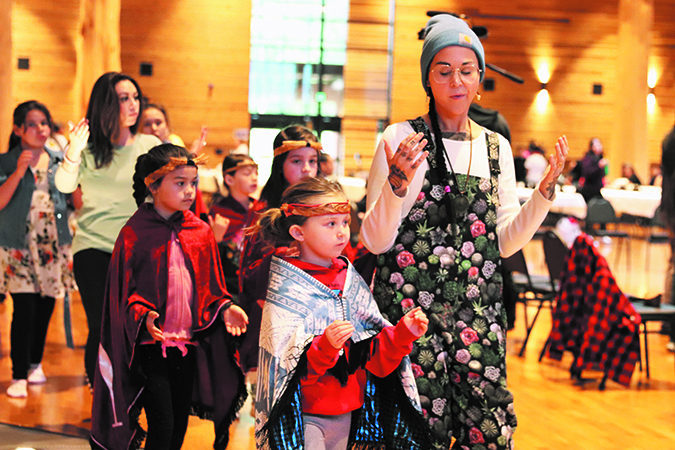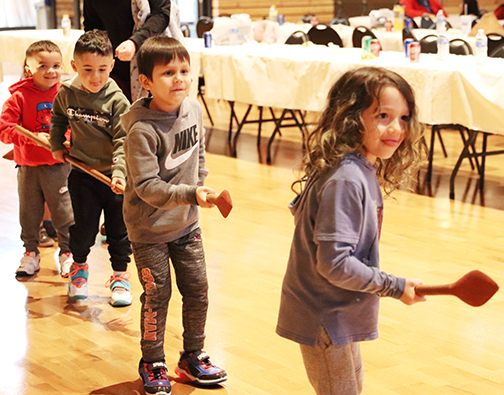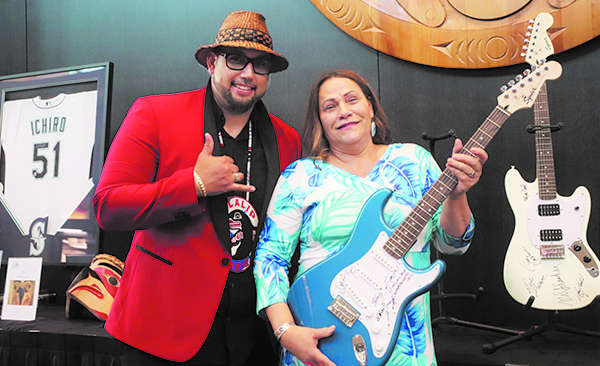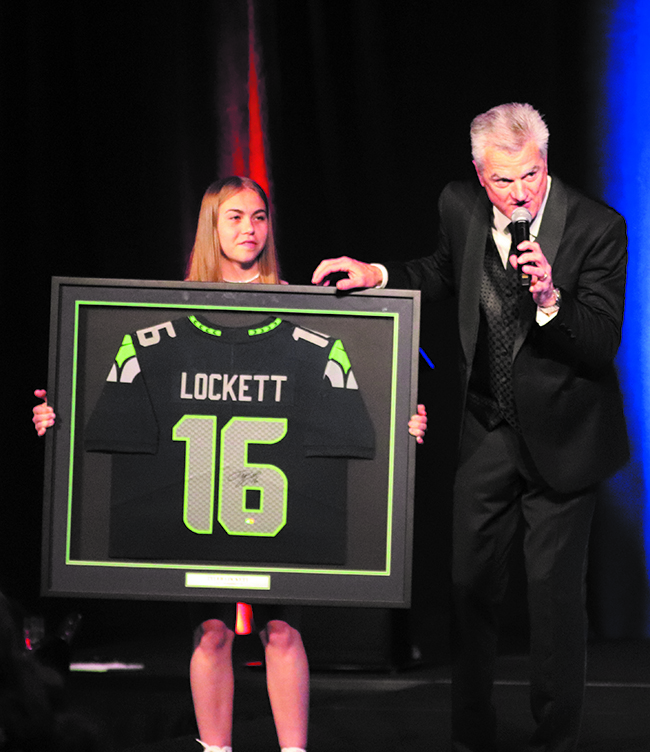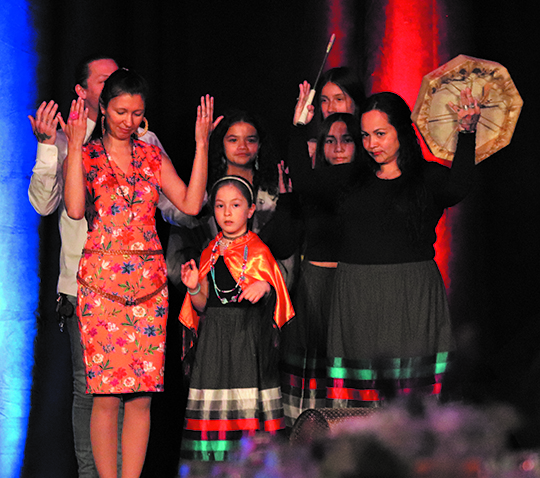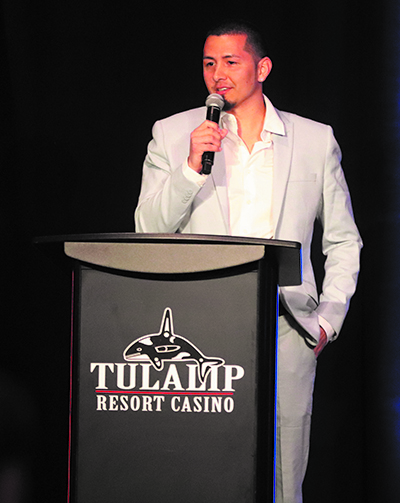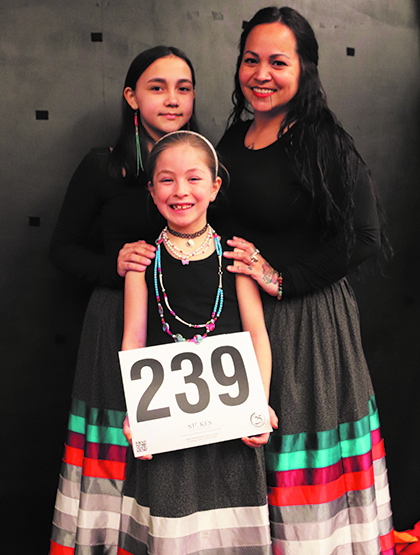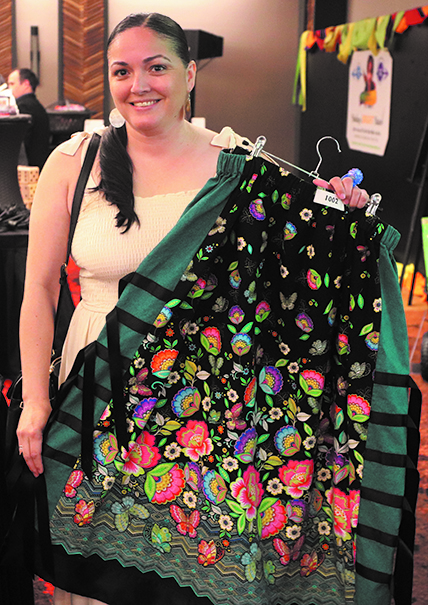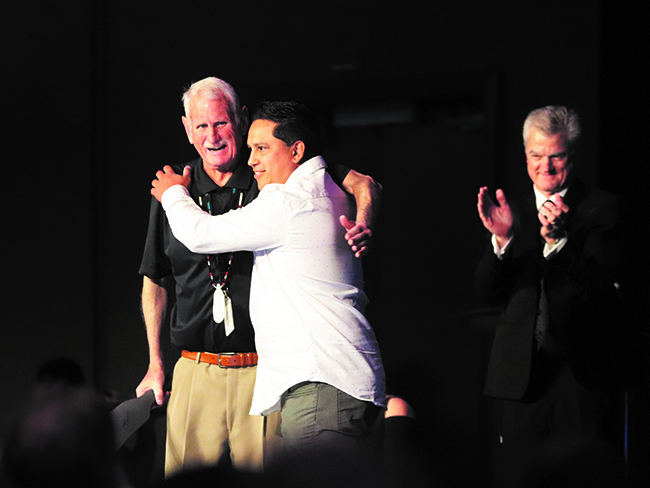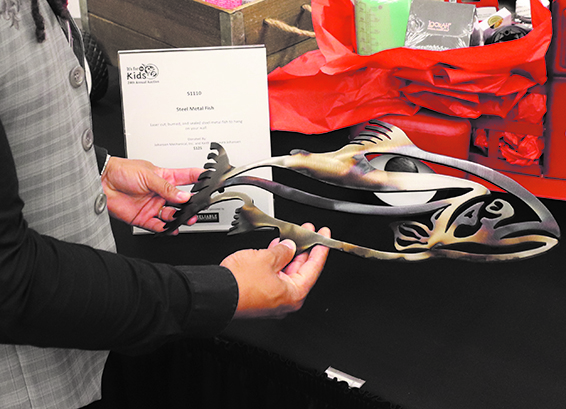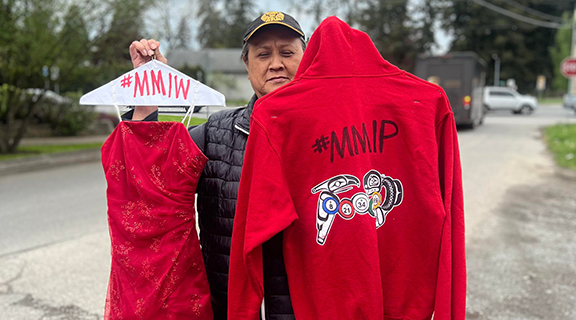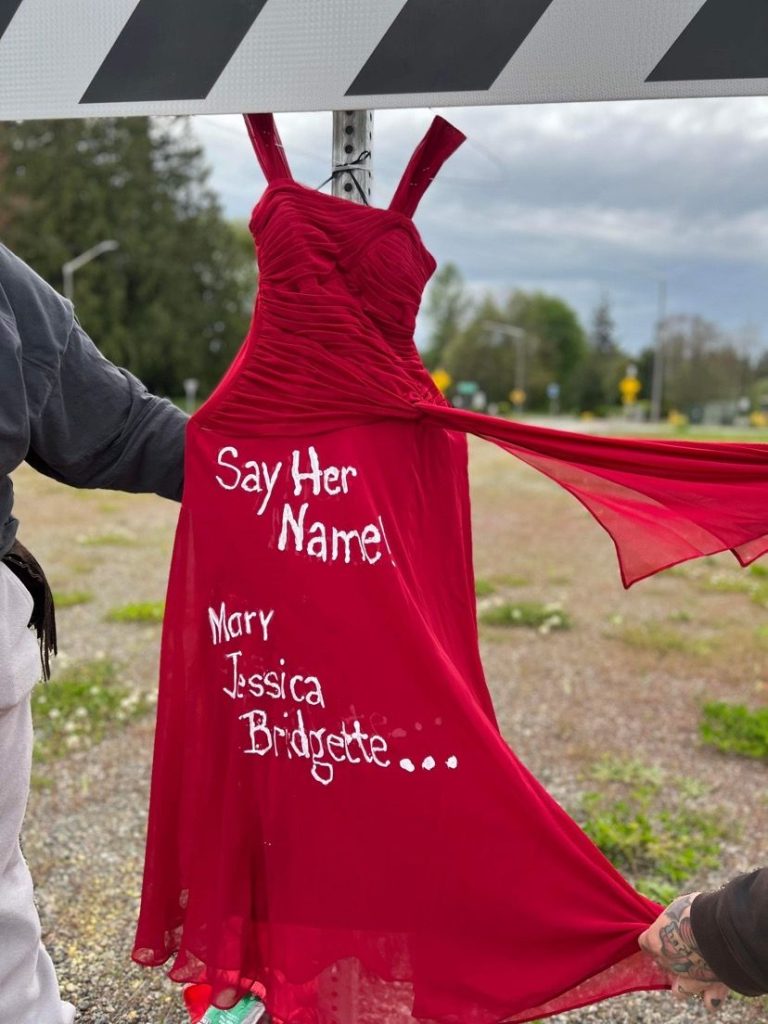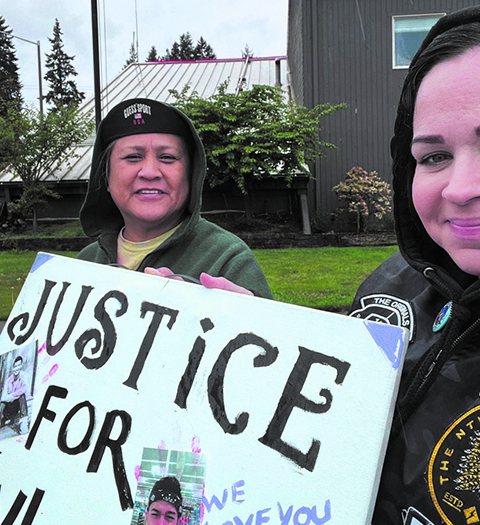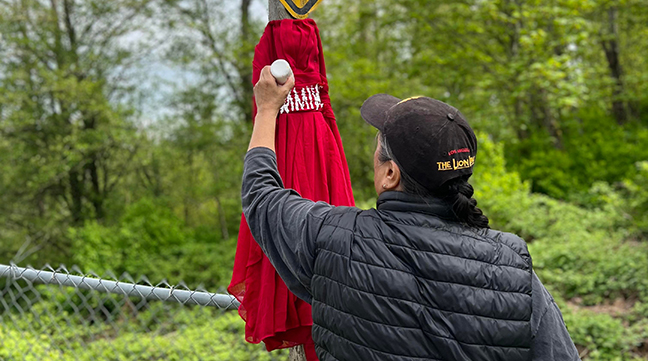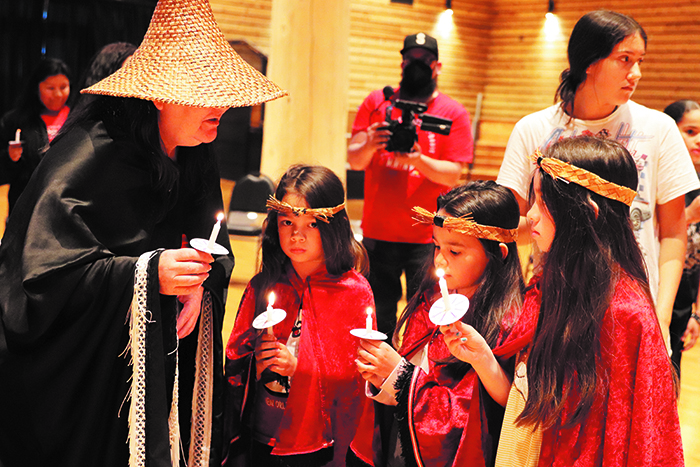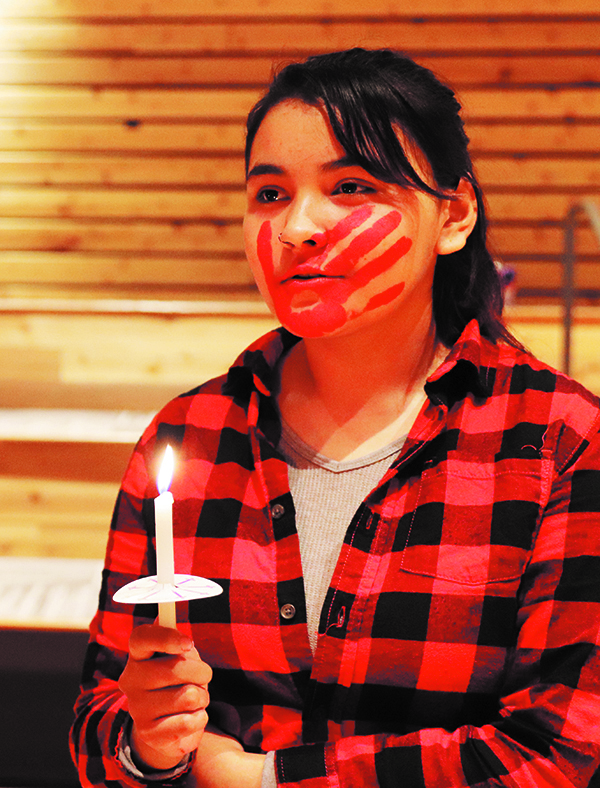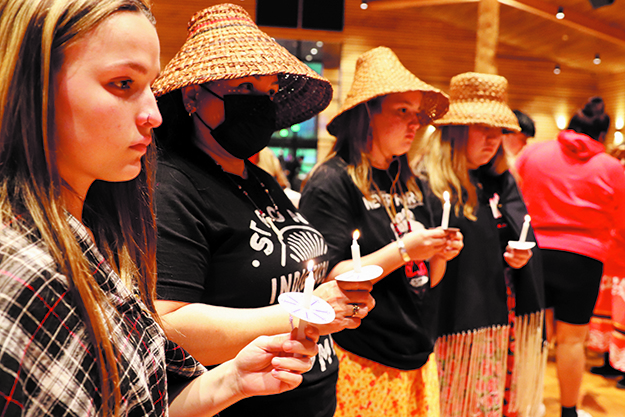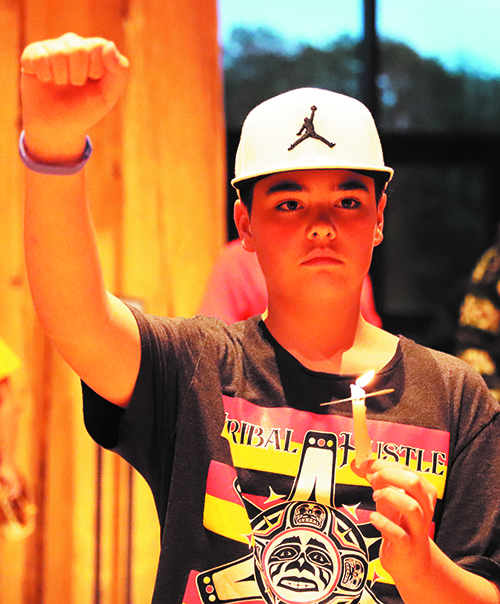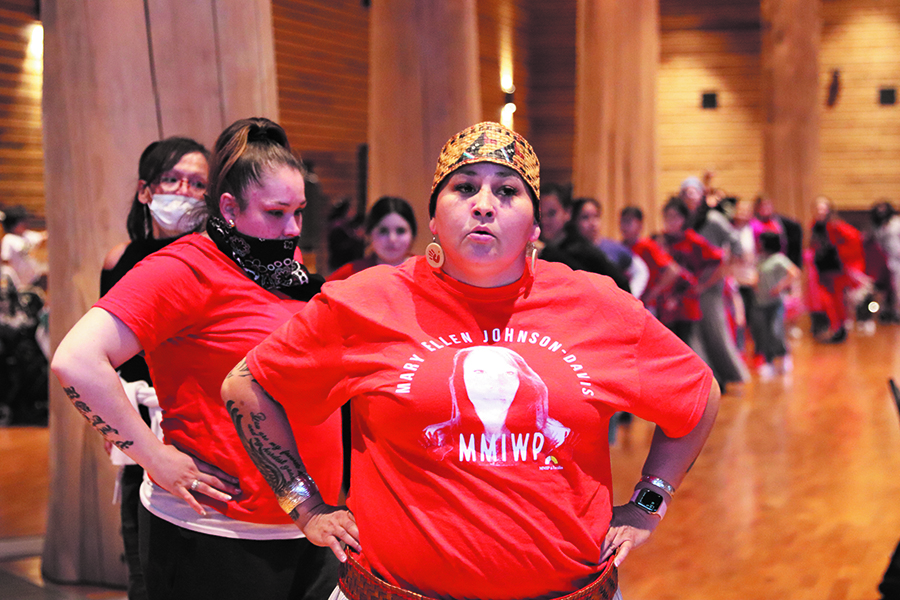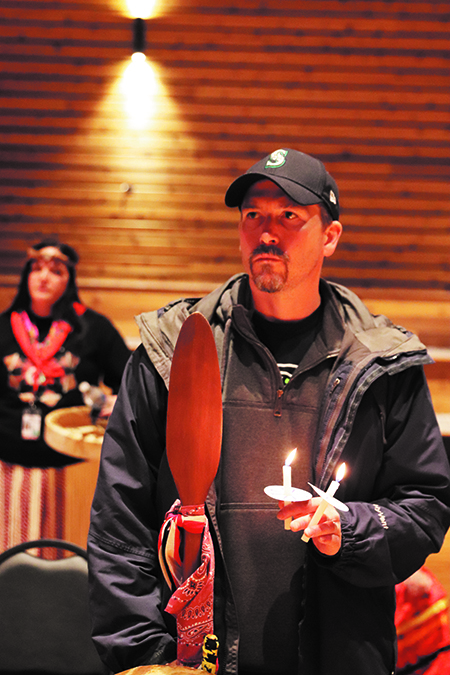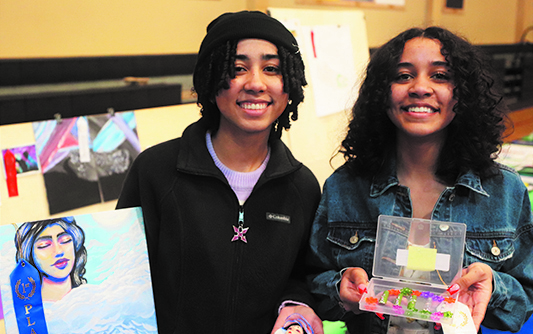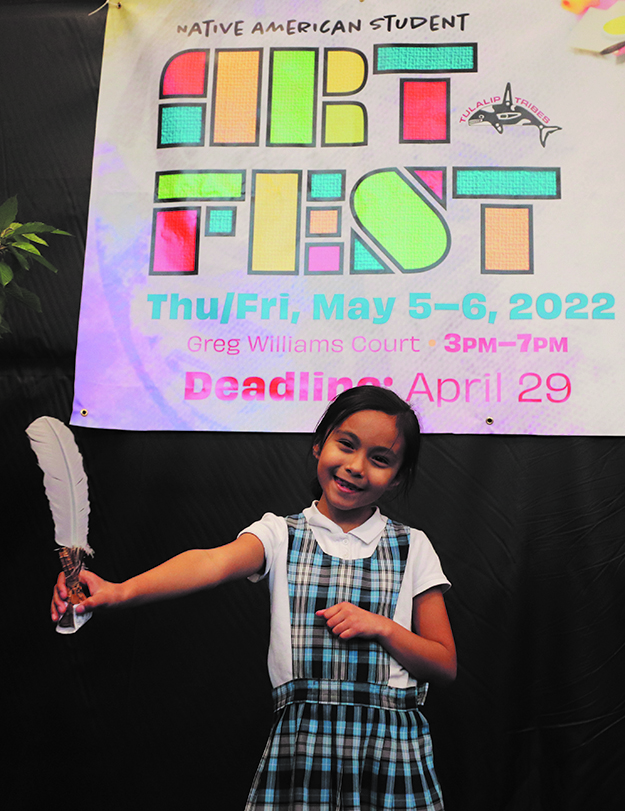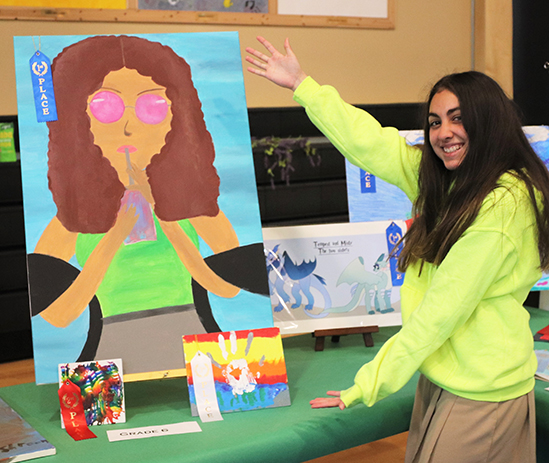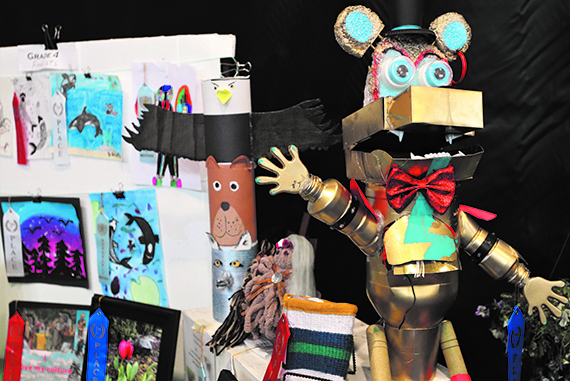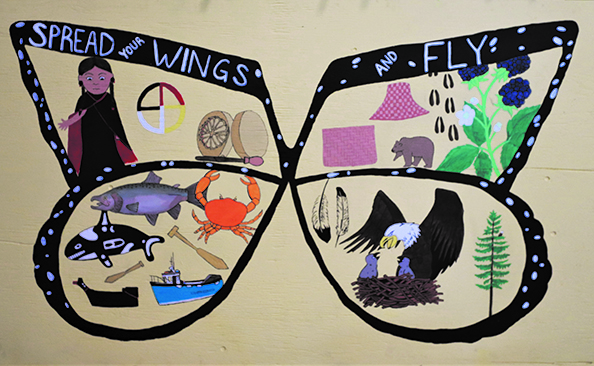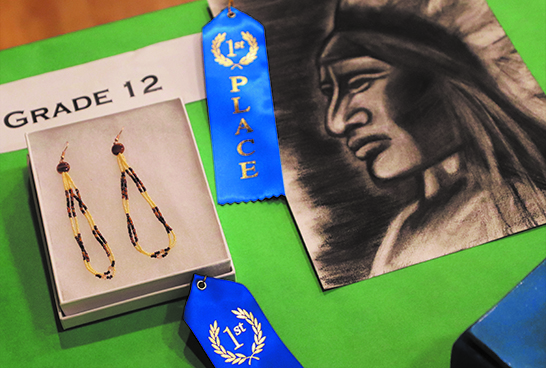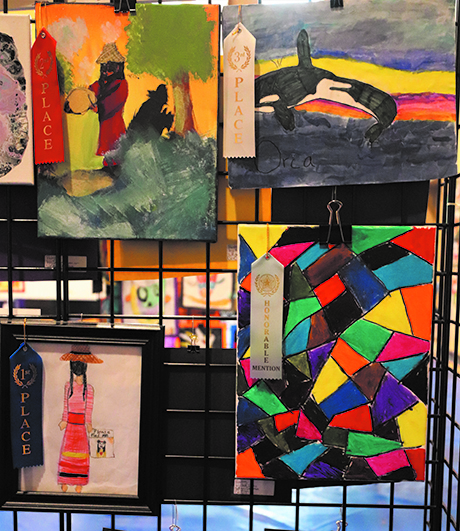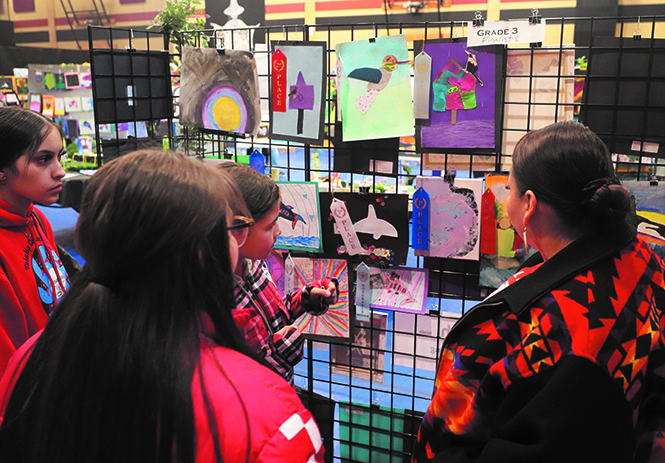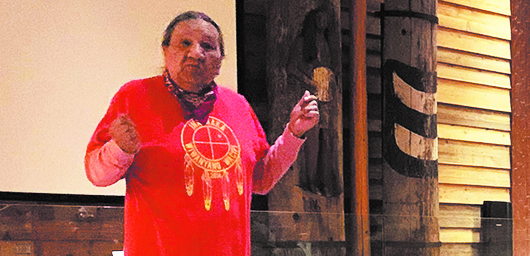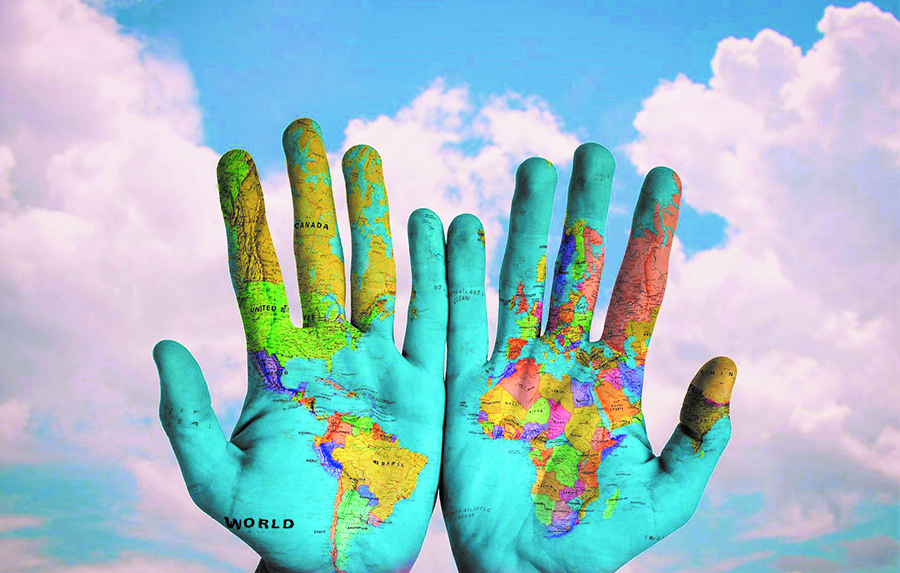
By Micheal Rios, Tulalip News
You’ve heard of World Day for Cultural Diversity for Dialogue and Development. Wait, you haven’t? No, it’s not Earth Day. It’s more like Earth Day’s illegitimate step-child.
Every year on May 21, World Day for Cultural Diversity for Dialogue and Development (we’ll just call it World Day) is celebrated around the globe. Every year since 2002, in case you’re wondering of its inception. Don’t worry if you’ve never heard about this glorious global holiday though, because you’re in the super majority.
There are plenty of reasons this particular day isn’t well known, most of which have to do with it being a legitimate attempt to accept and recognize cultural diversity.
“Celebrating cultural diversity means opening up new perspectives for sustainable development and promoting creative industries and cultural entrepreneurship as sources of millions of jobs worldwide – particularly for young people and especially for women. Culture is a sustainable development accelerator whose potential has been recognized in the 2030 Agenda for Sustainable Development adopted by the United Nations,” said Irina Bokova, former Director-General of the United Nations Educational, Scientific and Cultural Organization (UNESCO).
World Day was created by UNESCO in December 2002. Wondering what the heck UNESCO is? It’s a specialized agency of the United Nations. Its purpose is to contribute to peace and security by promoting international collaboration through educational, scientific, and cultural reforms in order to increase universal respect for justice, the rule of law, and human rights.
So, why the need for a World Day? Maybe because three-quarters of the world’s major conflicts have a cultural dimension. Because bridging the gap between cultures is urgent and necessary for peace, stability, and development throughout the world.
On the micro-level, as Native American people we are pretty experienced with cultural conflicts. Seems like every month, every week, and every day even, we are fighting some kind of cultural conflict; either externally with the U.S. government to enforce our Treaty Rights, internally between sister tribes squabbling of traditional fishing areas, or on some level in-between. Locally, there are never any shortages of cultural conflict stories to be heard when it comes to the city of Marysville and the Tulalip Tribes…and we’re neighbors. So it’s easy to see why bridging the gap between cultures is urgent and necessary for stability and development.
One way that culture gap can be bridged is by the implementation of Since Time Immemorial (STI) curriculum in the Marysville School District, amongst other school districts in the area. The ground-breaking initiative intends to teach the details of tribal sovereignty, Tulalip history, and contemporary tribal culture to students of all grade levels.
Imagine young children of all backgrounds and experiences growing up learning of, experiencing first-hand, and seeing through welcoming eyes the depth and beauty of Tulalip culture. The alleviation of so many misbegotten fears and nonsensical stereotyping would create spaces for a clear exchange of accurate ideas and stories that reflect the strong and vibrant Tulalip of today. The dream of a full implementation of STI curriculum in all Washington schools echoes the mission of World Day; to openly accept and acknowledge cultural diversity as a driving force of development with respect to personal growth and as a means of leading a more fulfilling intellectual, emotional and spiritual life.
We know that cultural diversity should be promoted not just some of the time, but all of the time. Cultural diversity is an asset that is indispensable for poverty reduction and the achievement of sustainable development. That is why World Day deserves to be known about and celebrated.
In recognition of World Day’s mission, the Snohomish County Human Rights Commission shared how the county is undergoing an explosion of diversity with profound social and cultural change. With an increasingly diverse population base, 15.6% of Snohomish County residents are foreign-born. They also noted that just a short 20-minute drive from Tulalip is the city of Lynnwood. What’s so interesting about Lynnwood is it has become a dense urban landscape in which nearly 50% of its residents are people of color. Making Lynnwood similar in demographics to the Tulalip Reservation, where nearly half are Tulalip citizens and the other half non-Natives.
All this is to say our local area, Snohomish County, is rapidly growing in diversity. However, we know that being diverse isn’t the same as recognizing and appreciating diversity. That’s why a day like World Day is important to acknowledge. The hope is that by talking about and honoring cultural diversity, as an inclusive and necessary framework for our very survival, we can bring about a more peaceful community and nation.
There are issues facing humankind – such as global warming, eradicating poverty and access to clean water – that will take all of us working together with a sense of unity and shared responsibility to solve.
While Earth Day is more like a club that you can join and say that you are part of, World Day for Cultural Diversity for Dialogue and Development forces you to take responsibility for your actions and actually walk your talk. This assertive stance is part of the reason it isn’t as popular with mainstream America. It calls for raised awareness about the importance of intercultural dialogue, diversity and inclusion. It calls for people to build a world of community rather than remain solitary individuals. It calls for commitments to support diversity with real and everyday action.
Now that you know about World Day, take a moment to think about its importance and what it means as a product of this world to help spread cultural diversity. Perhaps you’ll consider making a resolution to follow through with one of ten simple things you can do to celebrate this year’s World Day.
Ten simple things YOU can do to celebrate the World Day for Cultural Diversity for Dialogue and Development:
- Visit an art exhibit or a museum dedicated to other cultures.
- Invite a family or people in the neighborhood from another culture or religion to share a meal with you and exchange views on life.
- Rent a movie or read a book from another country or religion than your own.
- Invite people from a different culture to share in your customs.
- Read about great thinkers of other cultures than yours (e.g. Confucius, Socrates, Chief Seattle, Ibn Khaldun, Aristotle, Ganesh, Rumi).
- Next weekend visit a place of worship different than yours and participate in the celebration.
- Play the “stereotypes game.” Stick a post-it on your forehead with the name of a country. Ask people to tell you stereotypes associated with people from that country. You win if you find out where you are from.
- Learn about traditional celebrations from other cultures; learn more about Hanukkah or Ramadan or about amazing celebrations of New Year’s Eve in Spain or Qingming festival in China.
- Explore music of a different culture.
- Spread your own culture around the world through the UNESCO Facebook page and learn about other cultures.
